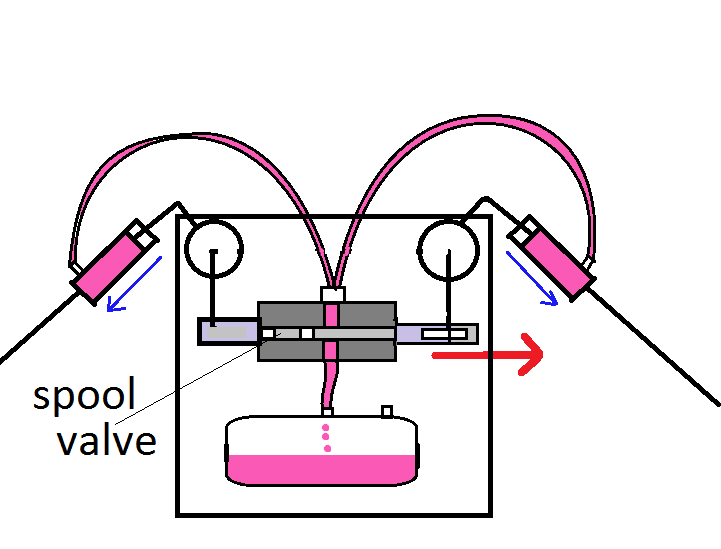Not to dispute any of the other, points I have deleted from the comment above, but you may have a misconception about how quickly a metal responds to strain.ringo wrote:You have the fluid pressure acting on the pipe wall. the wall will expand with pressure, but if you are familar with material properties, we are talking micro strains; very small movements. And these movements will be slow, maybe so slow that once the fluid passes through the orifices for damper purposes, that microscopic expansion hasn't even completed.
These small strains you describe in the pipe wall would be elastic (reversible), and well approximated as linearly elastic Hooke's Law stuff. Think: atoms in regular 3-D crystalline lattices, connected to one another by springs, and generally vibrating back-and-forth around some equilbrium-separation distance. Stresses not high enough to deform the lattice permanently (plastic strain) will compress or stretch the atoms from their equilibrium separation, neighbors will push/pull on neighbors, next-neighbors will push back, and so on.
If you think about pushing on an outer surface of a huge lattice of atoms thus connected by springs (and it helps me to envision it if I imagine this as a sudden push), it is easy to imagine that the surface displacement would propagate through the lattice similar to how sound propagates through air. (Like pushing on one end of a stretched slinky.)
Anyway, the rate that these waves of elastic deformation propagate through the lattice is the same as the speed of sound in the lattice. And that speed is pretty high (about 6000 m/s). If you still consider that speed slow compared to the flow rate through dampers, then I apologize for the lecture (and I clearly need to learn more about dampers). But in my mind, for this type of problem, I consider it instantaneous--the deformation occurs as soon as there is a force high enough to cause it.
(Note that this is not meant to comment on how quickly a macroscopic spring will react to an applied force. Waves do not propagate from one end to the other of a "macroscopic slinky" at the speed of sound, only the waves that push one atom against the next one to create that overall macroscopic effect do.)


